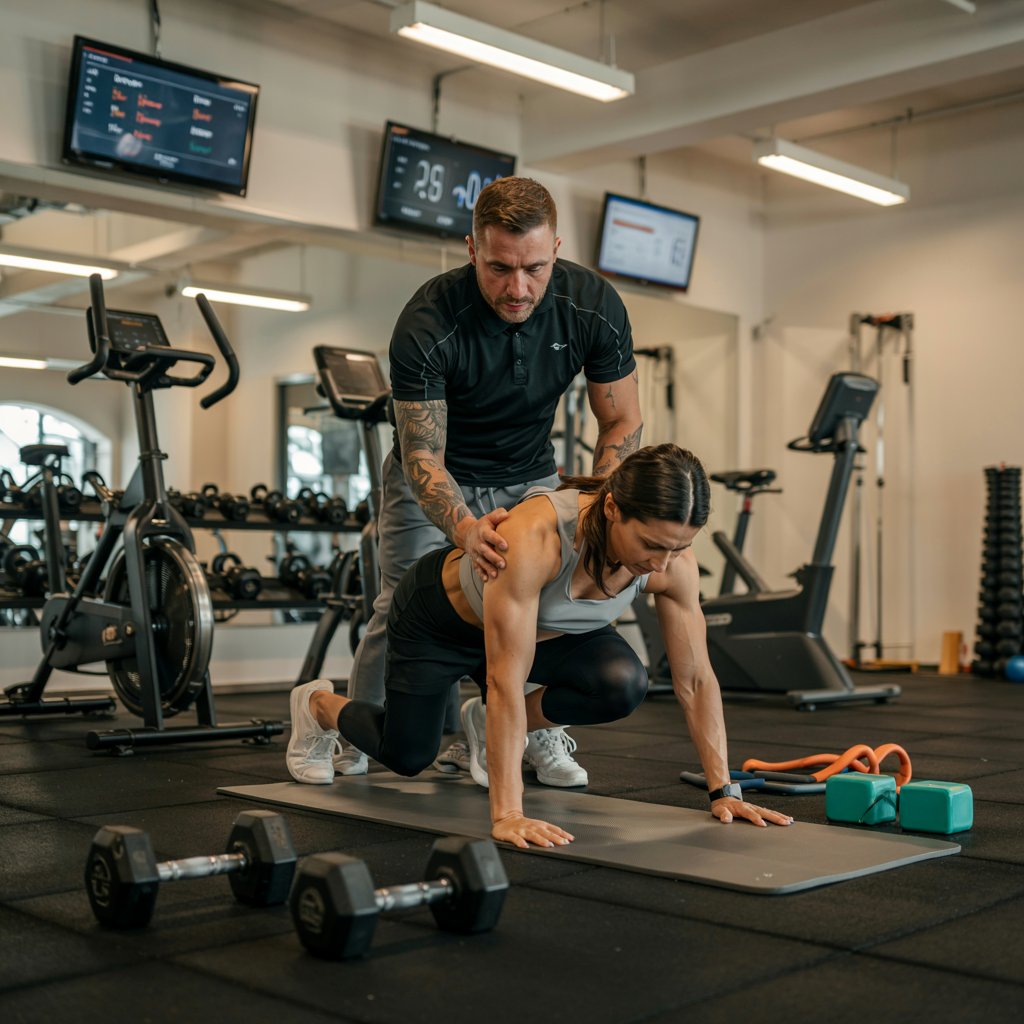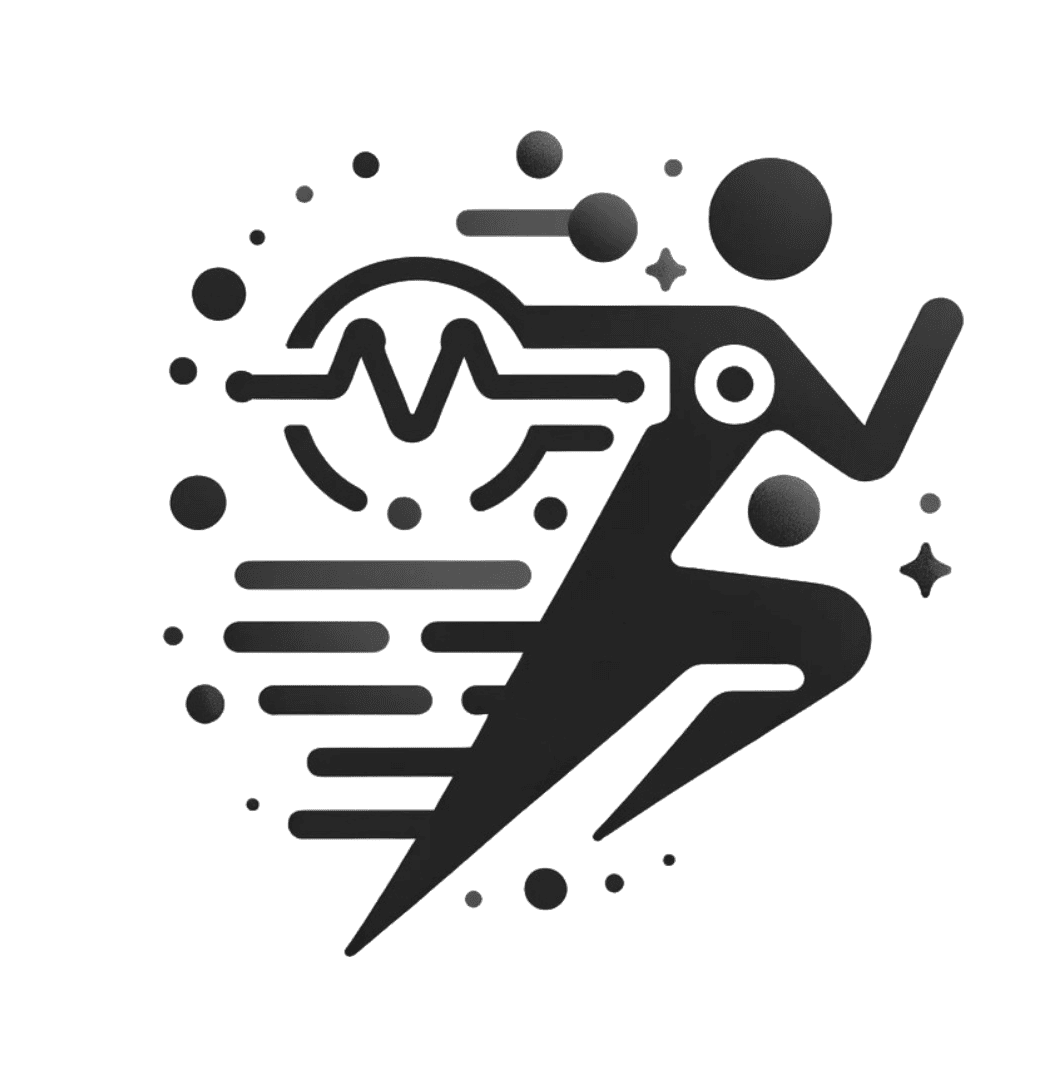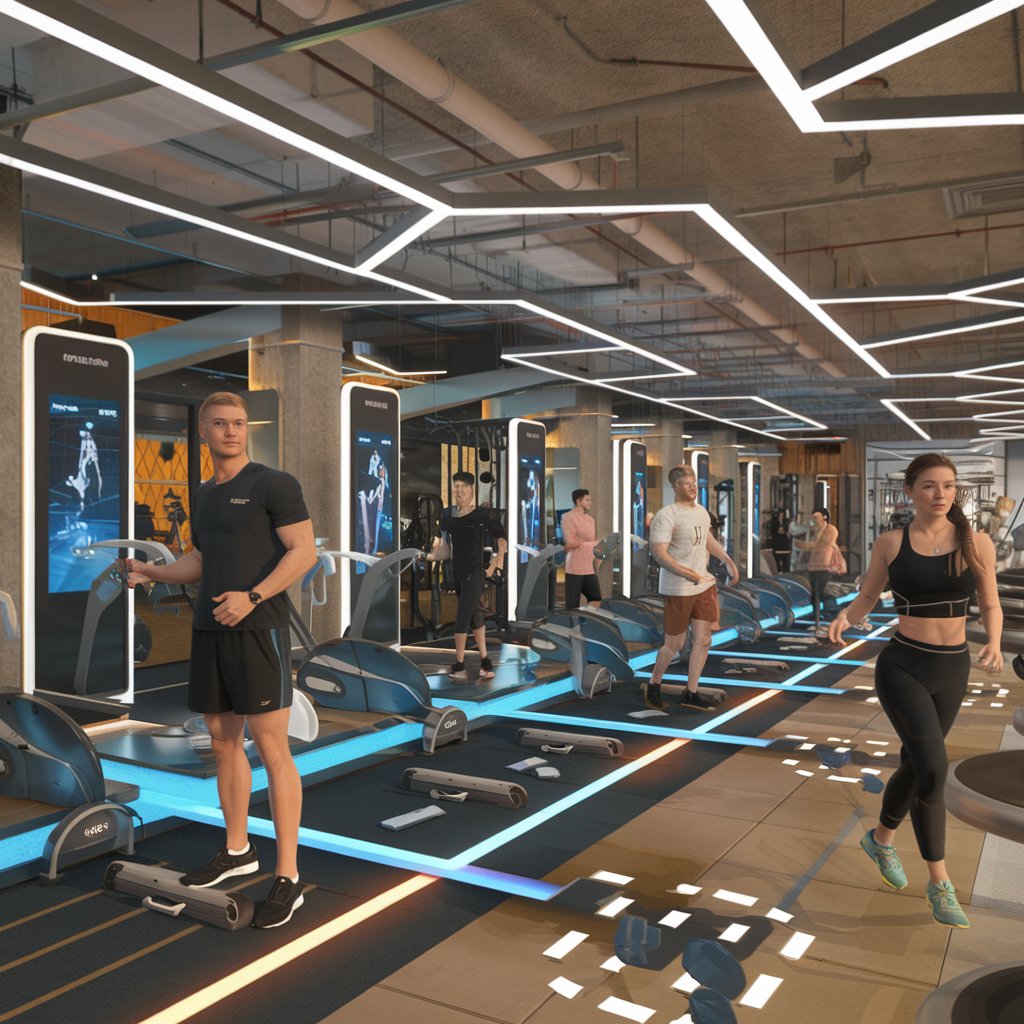
Assessment of Physical Fitness Journey: Insightful, Unyielding Power
The assessment of physical fitness reveals invaluable insights into your health and well-being. By combining advanced science with personalized insights, you will discover not only where you stand today, but also how to get where you want to be tomorrow. MetersFit provides cutting-edge tools to guide you through this assessment of physical fitness process.
Assessment of Physical Fitness: Expert Perspectives
Assessing physical fitness is not only about crunching numbers; it involves understanding individual needs and tailoring assessments accordingly. The assessment of physical fitness includes various components, notably cardiovascular endurance, muscle strength, flexibility, and balance. Each of these components highlights different aspects of our physical capabilities, ultimately contributing to our overall health.
Cardiovascular endurance is crucial for sustaining long periods of activity. It reflects how well the heart, lungs, and muscles work together. A common way to measure this is through VO2 max testing, which accurately quantifies how much oxygen a person can utilize during exercise.
Next is muscle strength, which determines the maximum amount of force exerted by a muscle or group of muscles. This can be evaluated through exercises like the one-repetition maximum (1RM) test, helping identify strength levels in various muscle groups.
Flexibility plays a fundamental role as well. A well-known test is the sit-and-reach, which offers insights into lower back and hamstring flexibility. Flexibility affects daily movements and can prevent injuries.
Lastly, balance is often assessed through dynamic balance exercises, which can highlight an individual’s stability. This is especially important for older adults to reduce the risk of falls.
MetersFit utilizes these components through innovative methodologies to ensure thorough assessment of physical fitness. Comprehensive testing ensures precision in understanding one’s capabilities, aligning well with modern fitness goals. Research indicates that balanced training across these components can significantly improve overall health (American College of Sports Medicine, 2013). For a deeper dive into fitness testing methodologies, explore the best tools for fitness testing.
Key Components of the Assessment of Physical Fitness
The assessment of physical fitness is a crucial stepping stone in crafting a resilient fitness program. Understanding the key components of this assessment can amplify the effectiveness of any fitness plan. The primary elements include cardiorespiratory fitness, muscular strength, muscular endurance, flexibility, and body composition.
Firstly, cardiorespiratory fitness gauges the heart and lungs’ ability to deliver oxygen during extended activity. This can be assessed with tests like the beep test, ensuring alignment with specific fitness goals. Next, muscular strength is evaluated through exercises like bench presses or squat max efforts. Maximizing strength is essential for overall success in athletics and daily life.
Then comes muscular endurance, which can be checked through controlled repetitions, such as push-ups or sit-ups. These metrics offer insight into how long muscles can perform without fatigue. Flexibility is also a crucial component, often assessed using techniques like the sit-and-reach test. This helps to identify areas that may need attention, reducing injury risks.
Lastly, body composition contributes to insights about physical health that go beyond weight. Utilizing tools like skinfold calipers gives a clearer picture of one’s overall wellness. Each aspect plays a significant role in the assessment of physical fitness, enabling more tailored and effective training programs. For deeper insights into assessing fitness levels, visit the blog on fitness testing myths.
Step-by-Step Guide to Conducting Assessments of Physical Fitness
Assessing physical fitness is more than merely taking measurements; it’s about understanding the individual as a whole. To kick off an effective assessment of physical fitness, prepare by gathering essential tools such as a tape measure, stopwatch, and relevant equipment for strength and flexibility tests. First, conduct a health screening questionnaire to gather important health histories, like previous injuries or chronic illnesses.
Next, evaluate cardiovascular endurance through a structured test, like a 3-minute step test. This can provide insight into aerobic capacity, a key aspect of physical fitness. Following that, focus on muscle strength assessments using bodyweight exercises like push-ups or squats. These can be tailored to suit different fitness levels, ensuring everyone can participate.
Don’t overlook flexibility assessments, which you can efficiently measure with the sit-and-reach test. This is vital for overall mobility and injury prevention. Lastly, establish a baseline for body composition. Simple measures like body mass index (BMI) can offer a helpful starting point.
The assessment of physical fitness is not static. Reassessments should take place regularly to track progress and sustain motivation. By taking a systematic approach, you provide clients with clear, measurable goals that reflect their unique fitness journeys. For a deeper exploration of cardiovascular health, check out this beginner’s guide to cardio testing.
Practical Exercises for Effective Performances in Assessments of Physical Fitness
The assessment of physical fitness is fundamental to understanding one’s current health status and future potential. In practical terms, effective physical assessment consists of more than just checking body weight or counting push-ups. It’s about discovering strengths and areas for improvement through detailed evaluations.
To start, embrace a few key exercises designed to assess different fitness components. Consider these:
- 1. Cardiovascular Endurance Test: A straightforward test like a 1.5-mile run checks aerobic capacity. Monitor the time it takes to complete the run; this gives insight into stamina.
- 2. Strength Assessment: Exercises like bench presses or squats using adjusted weights gauge physical strength. Start with a comfortable weight and gradually challenge yourself.
- 3. Flexibility Evaluation: Use the sit-and-reach test to measure flexibility in your lower back and hamstrings. It’s an excellent indicator of overall physical health.
- 4. Balance and Agility Test: Incorporate exercises such as the one-leg stand or shuttle runs to assess core stability and coordination.
Documenting results effectively is as crucial as the assessment itself. Consistently tracking your numbers provides tangible feedback and empowers better training plans, reinforcing the importance of the assessment of physical fitness. By focusing on these practical exercises, you lay a strong foundation for your ongoing fitness journey. For additional insights on fitness assessments, refer to this comprehensive guide on exercise routines for optimal aging.
AI-Driven Insights in Assessments of Physical Fitness
The assessment of physical fitness has undergone significant changes thanks to advancements in technology. Today, AI-driven insights are paving the way for personalized, accurate evaluations. Traditional methods may overlook individual needs. Now, analytics provide data-driven feedback that caters to unique fitness levels and goals.
How does this work? Innovative apps utilize machine learning algorithms, gathering your daily activity data, heart rates, and workout information. By analyzing these metrics, they deliver tailored recommendations. The assessment of physical fitness now includes holistic aspects, such as nutrition and recovery. This ensures you are not just training hard, but training smart.
Furthermore, technology enhances tracking capabilities. Wearable devices can monitor progress in real-time. These gadgets sync with apps, allowing users to visualize their improvements over time. Studies indicate that consistent tracking significantly boosts adherence to fitness routines (Fritz et al., 2013). The interaction between users and their data fosters an empowered mindset.
These AI-driven insights elevate the conversation around fitness assessments, encouraging users to embrace accountability. As you adapt and grow, feedback becomes responsive, adjusting workouts to optimize performance. Personalized assessments simplify creating practical training plans. Using data, you can focus on strengths while addressing weaknesses. Grasping your fitness journey with precision enhances motivation and results. To further explore the role of nutrition in fitness, check out this article.
Final words
Concluding your fitness journey with MetersFit offers insight and personal growth—achieve real-world results. Join our platform to tailor your health advancements and enjoy improved longevity. Visit our waitlist now at metersfit.com/waitlist.






